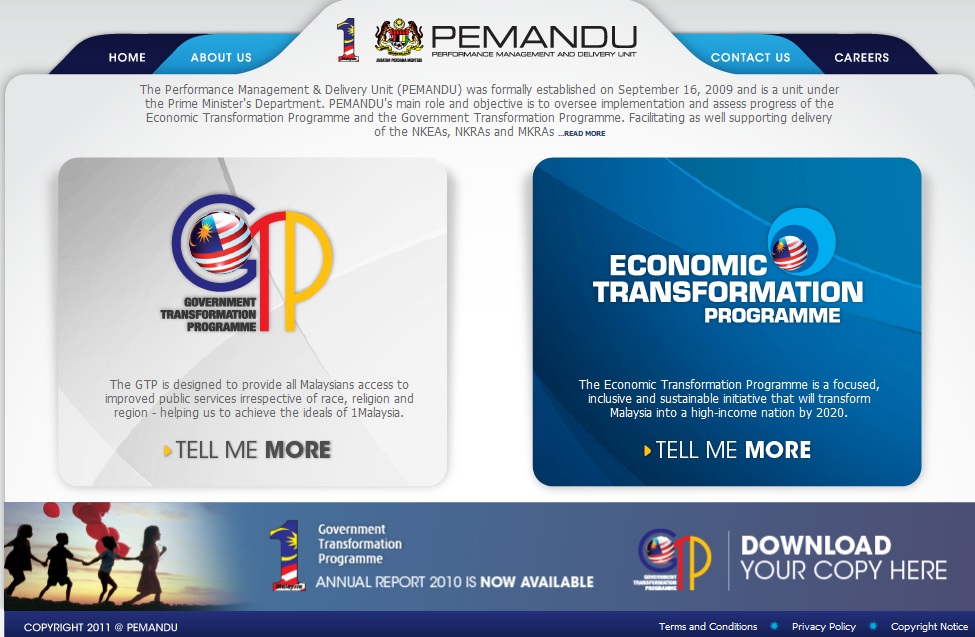An economic transformation plan is a strategy or set of policies designed to fundamentally alter the structure and functioning of an economy. These plans are often implemented by governments in order to address various economic challenges or to achieve specific development goals. Economic transformation can involve a wide range of initiatives, including the development of new industries, the modernization of existing sectors, and the implementation of structural reforms.
One key element of an economic transformation plan is the identification of sectors or industries that have the potential to drive economic growth. This could involve the development of new technologies, the expansion of existing industries, or the creation of entirely new sectors. For example, a government might seek to promote the growth of the renewable energy industry, or to encourage the development of a new high-tech manufacturing sector.
Another important aspect of an economic transformation plan is the implementation of structural reforms. These are changes to the underlying framework of an economy, such as changes to the tax system, the regulatory environment, or the labor market. Structural reforms can help to improve the efficiency and competitiveness of an economy, and can also create a more favorable business environment that encourages investment and innovation.
In addition to these measures, an economic transformation plan may also involve the promotion of entrepreneurship and small business development. This could include initiatives to provide access to finance for entrepreneurs, as well as training and support programs to help small businesses grow and succeed.
Implementing an economic transformation plan can be a complex and challenging process, and it requires careful planning and coordination across various sectors of the economy. It is also important to consider the potential impacts of such a plan on different groups within society, and to ensure that any changes are implemented in a fair and equitable manner.
Overall, an economic transformation plan is a powerful tool for addressing economic challenges and driving sustainable economic growth. By identifying and supporting key sectors and industries, and by implementing structural reforms and supporting entrepreneurship and small business development, governments can create a more dynamic and prosperous economy that benefits all members of society.
South African car industry economic transformation plan revealed

ETP have strong focus on 12 NKEAs which are oil and gas; palm oil and related products; financial services; wholesale and retail; tourism; information and communications technology ICT ; education services; electrical and electronic; business services; private healthcare; agriculture; and Greater Kuala Lumpur. Describing it as a good start he noted that it was only the first step in the programme of fiscal adjustment. The spending target set for 2010 is RM 201,700,000,000 in 2010 and the fiscal deficit is expected to decline to 5. It is important to look at capital-labour ratios in sectors and, where appropriate, introduce incentives to change these ratios in favour of labour. Within this framework, new regulations decentralise control over spending in order to improve flexibility and efficiency. This plan was reinforced in a Microeconomic Reform Strategy in 2002. Amongst others, the Act defined the roles and functions of the three spheres of government in housing delivery.
Economic transformation: where are we heading, post

Though the ETP, the New Economic model was be formulated by the Prime Minister with goal set forth in vision 2020. This was undertaken through the allocation of lump sums to provinces, which in turn were expected to develop their own budgets. In addition, more work needs to be done to review the range of government incentives and support measures for their impact on the relative costs of labour and capital for enterprises. The state has often failed to extract trade-offs from either capital or labour for various initiatives. Second, the government can introduce contingency measures during the budget process. By extension, measures to transform the financial system must be embedded in a coherent and comprehensive development strategy. The fundamental question is whether BEE aims to ensure blacks are fairly represented among the top owners and managers of companies, or whether BEE aims to improve the position of all black people, especially women, through measures that ensure a more equitable distribution of incomes and assets overall.
Economic transformation from Platform ecosystems to Ecosystem platforms

Progress has been made in the national electrification programme, the development of gas infrastructure and the restructuring of the electricity industry. Get Help With Your Essay If you need assistance with writing your essay, our professional essay writing service is here to help! First, the attempt to forge links with economies as diverse as China, Pakistan and Chile can be criticised for lacking focus. Faced with the reluctance of the commercial banks and other financial institutions to lend to low-income home buyers, the Department of Housing has introduced a legislative package that, when finalised, will end redlining and other forms of discrimination, establish an ombuds system, and require banks to report on their home loans by size, race and gender. On the other, almost immediately a process began of dividing the budget for health, education, welfare and a number of other functions between the provinces. At Hluka Innovation Factory we're flipping the concentration of expertise, digitisation and access to the SME to create sustainable jobs at scale.








